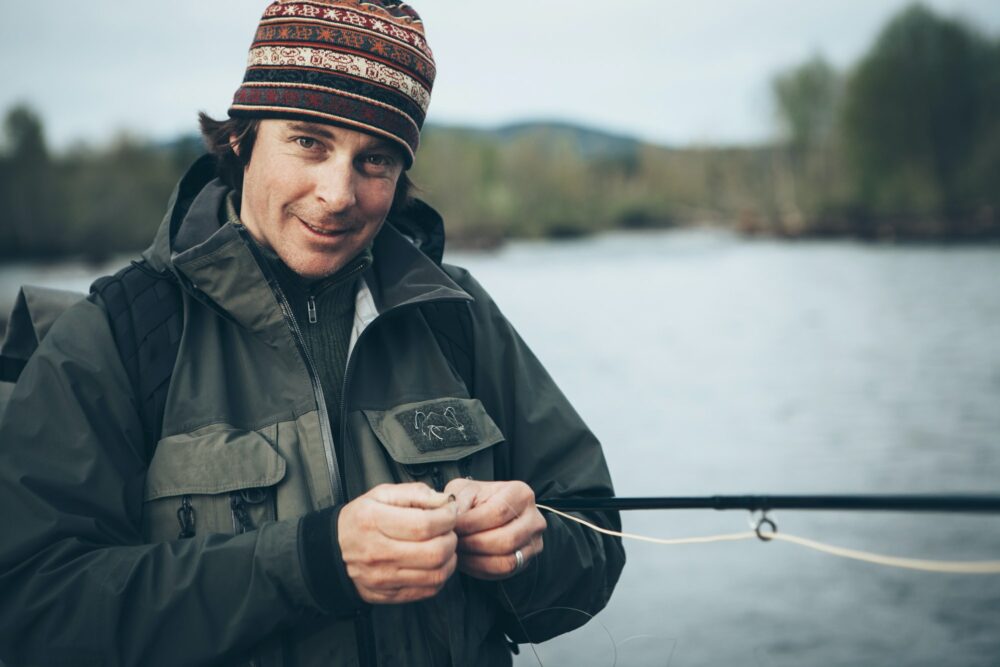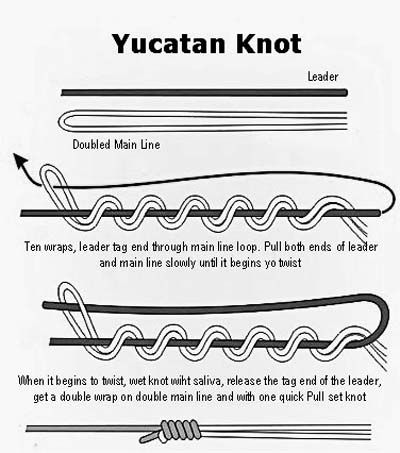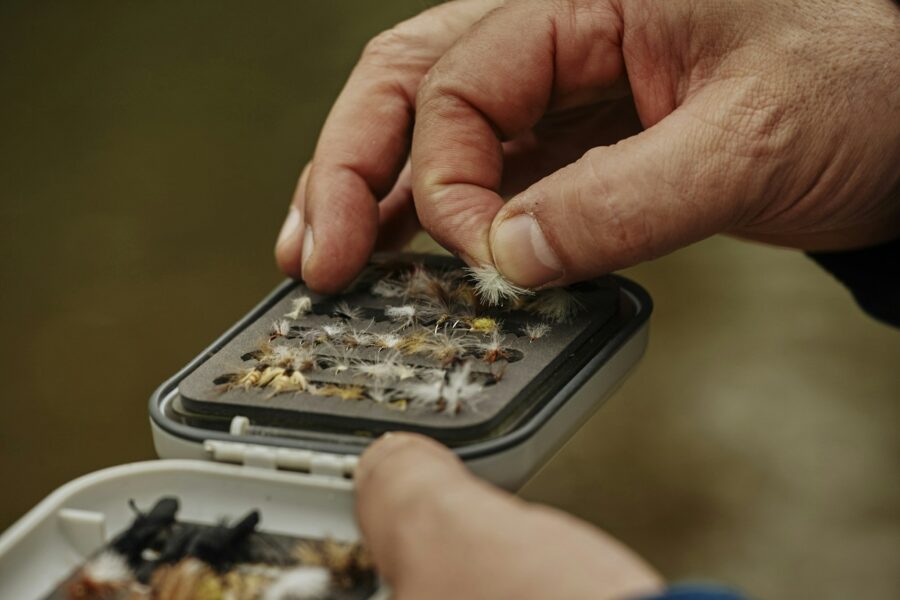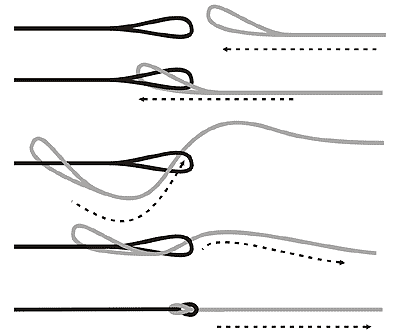
A new knot – Hoh River, Olympic National Park, Washington. Envato image.
The subject of knots sells no tickets, but without secure knots, bad things happen
By Skip Clement
I can tie almost any knot perfectly in the dark and on a cold, rainy day when blowing 20. That is, of course, if I’m at my tying desk with Murphy asleep on my feet and I have a cold Atlanta 420 brew. At home, I have all the materials I need and anchor points; the BIG factor is plenty of time. No oncoming and unexpected 100-pound tarpon pod ever approaches this neighborhood.
In the field, you will often need to add a new tippet, complete leader, or even a couple of new leader sections because wind knots, abraded lines, knicked knots, or the fishing situation has dramatically changed. In the field, knots should be simple, tied quickly, and held under hard runs, head shakes, and attempts to escape into the mangrove, outcroppings, and logs.
Tying in the comfort of your home is not at all like tying on the deck of a bay boat off Montauk, Long Island, New York, on a blustery October afternoon or kayaking in the summertime in the backcountry of Everglades National Park or wading and swinging big flies on the Dean River in British Columbia. Each scenario: freshwater, saltwater, trout, marlin, bonefish, king salmon, spinner shark, Appalachian brook trout, peacock bass, dolphinfish, or dorado necessitates different leader rigging.
We think the following are the best knots, the most straightforward to tie, and have been holding fail-safe for decades and over many continents:
Perfection Loop 94%, No-Slip Loop Knot 86%, Bimini Twist 100%, Triple Surgeons Knot 78%, Improved Clinch Knot 86%, Improved Bristol Knot 148% (improved version not shown) and the Albright Knot 94%. Both the latter two are used to connect dissimilar diameters or materials. The Bristol is a line knot, and the Albright is a single-line knot. Not shown but used are the Haywire Twist Bite Guard, Spider Hitch, Knotless Nail Knot (fly line to the butt of leader), and Orvis Hemostat Knot (also known as the Seaguar Knot). The latter joins similar diameter lines to make a stronger connection than the Blood Knot. Especially so for Fluorocarbon.
 Here’s what the experts say about knots and their pound-test limits:
Here’s what the experts say about knots and their pound-test limits:
Field & Stream:
They approached their recommendations thoroughly and came up with four winners in their story titled “Fishing Knots: How to Tie The Four Strongest.” The testing equipment was a Chatillon DFE digital force gauge.
1. The Strongest Terminal Knot
The Winner: Six-turn San Diego jam: 94%
Also tested:
Palomar knot: 91%
Five-turn double clinch (or Trilene knot): 87%
Five-turn improved clinch: 86%
2. Light-to-heavy line splice, for tying on thicker lines such as shock leaders.
Winner: Six-turn Yucatan knot
(doubled line): 157%
Also tested:
Five-turn Bristol, or No-Name,
Knot (doubled line): 148%
Slim Beauty (single line): 94%
Albright (single line): 94%
3. Line-to-line splice, for joining lines of similar size
Winner: J knot 67%
Also tested:
Eight-turn Blood knot: 63%
Back-to-back five-turn Uni knot: 62%
Double surgeon’s knot: 61%
4. Terminal loop knot, for tying on a fly that needs freer movement with a loop at the eye.
Winner: Rapala knot: 89%
Also tested:
Nonslip mono loop: 86%
Homer Rhode loop: 80%
Five-turn Duncan loop: 60%
RIO Products also approached testing knot failure in a scientific way – doing so in a series of videos. RIO’s results, measured on an Instron Corp (Measuring And Controlling Devices), were different than Field & Stream’s for some of the same knots. For all tests RIO used its own 10-pound test Steelhead Tippet material. Their measurement standard was “Percent of tensile strength of the nylon it was tied to.”
Terminal Knots:
Clinch Knot 89%
Non-Slip Knot 80%
Turle Knot 92%
Trilene Knot 99%
Homer Rhodes Loop Knot 76%
Loop Knots:
Perfection Loop 95%
Double Surgeons Loop Knot 78%
Bimini Twist 100%
Leader to Tippet:
Blood Knot 68%
2 Turn Surgeons Knot 41%
3 Turn Surgeons Knot 66%
Specialty Knot:
Albright Knot 90%
Note: If you get a wind knot in your leader, it’s half the strength. For example, a 16-pound test line with a wind knot is about an 8-pound test line.

Choosing a fly . . . Envato Image







